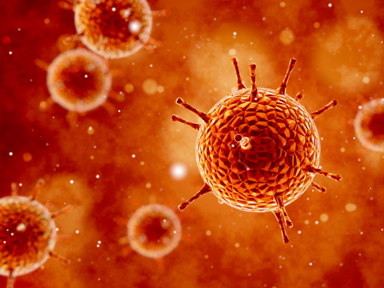drugsJuly 01, 2021
Tag: COVID-19 , SARS-CoV-2 , Pandemic
In the first six months of the COVID-19 pandemic in the United States, the overall weighted undiagnosed seropositivity estimate was 4.6 percent, according to a study published in the June 22 issue of Science Translational Medicine.
Heather Kalish, Ph.D., from the National Institutes of Health in Bethesda, Maryland, and colleagues analyzed seropositivity in 9,089 adults in the United States who had not been previously diagnosed with COVID-19. A total of 27,716 individuals with characteristics that reflected the U.S. population were selected by quota sampling; medical, geographic, demographic, and socioeconomic information, and dried blood samples were provided by 11,382 participants.

Overall, 88.7 percent of blood samples were processed using enzyme linked immunosorbent assay to measure seropositivity (immunoglobulin [Ig]G and IgM antibodies against severe acute respiratory syndrome coronavirus 2 [SARS-CoV-2] spike protein and the spike protein receptor binding domain). The researchers found that the overall weighted undiagnosed seropositivity estimate was 4.6 percent, with estimates ranging from 1.1 to 14.2 percent for race, age, sex, ethnicity, and urban/rural subgroups. African American participants; younger, female, and Hispanic participants; and residents of urban centers had the highest seropositivity estimates. These data indicate that for every diagnosed case of COVID-19, there were 4.8 undiagnosed SARS-CoV-2 infections, and that by mid-July 2020, an estimated 16.8 million COVID-19 infections were undiagnosed in the United States.
"Our findings have implications for understanding SARS-CoV-2 spread, epidemiological characteristics of spread and prevalence in different communities, and could have a potential impact on decisions involved in vaccine rollout," the authors write.
Two authors are coinventors on a provisional U.S. patent application related to SARS-CoV-2.


Contact Us
Tel: (+86) 400 610 1188
WhatsApp/Telegram/Wechat: +86 13621645194
Follow Us:




 Pharma Sources Insight January 2025
Pharma Sources Insight January 2025


